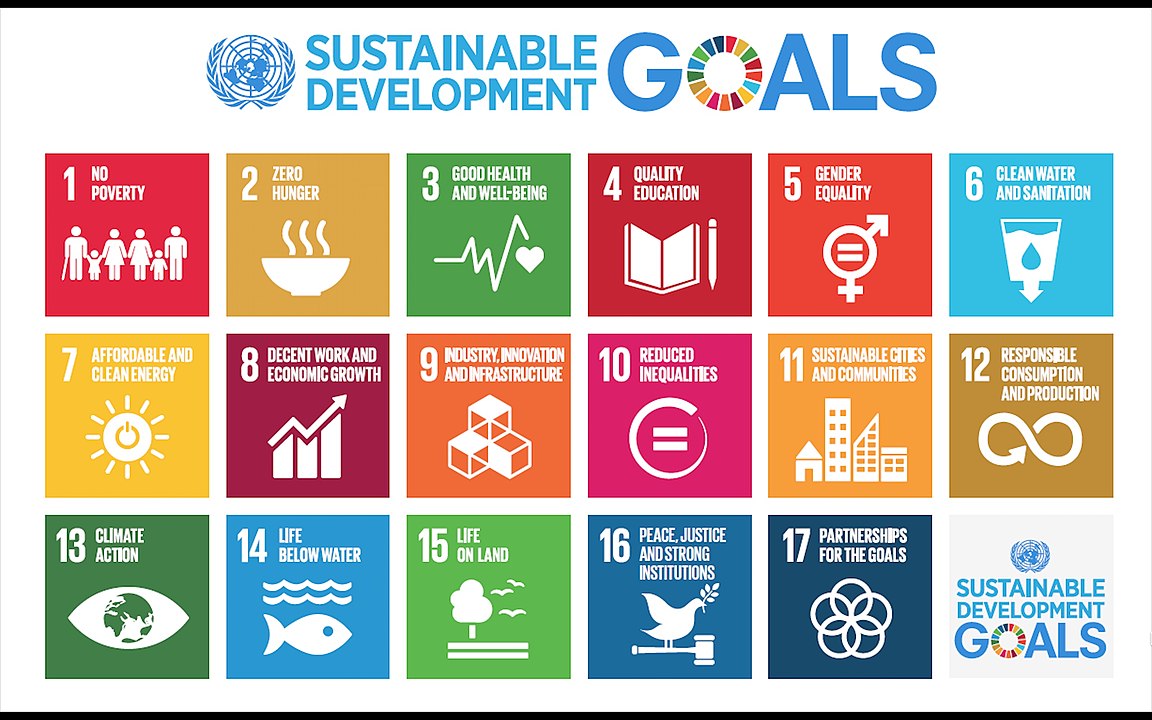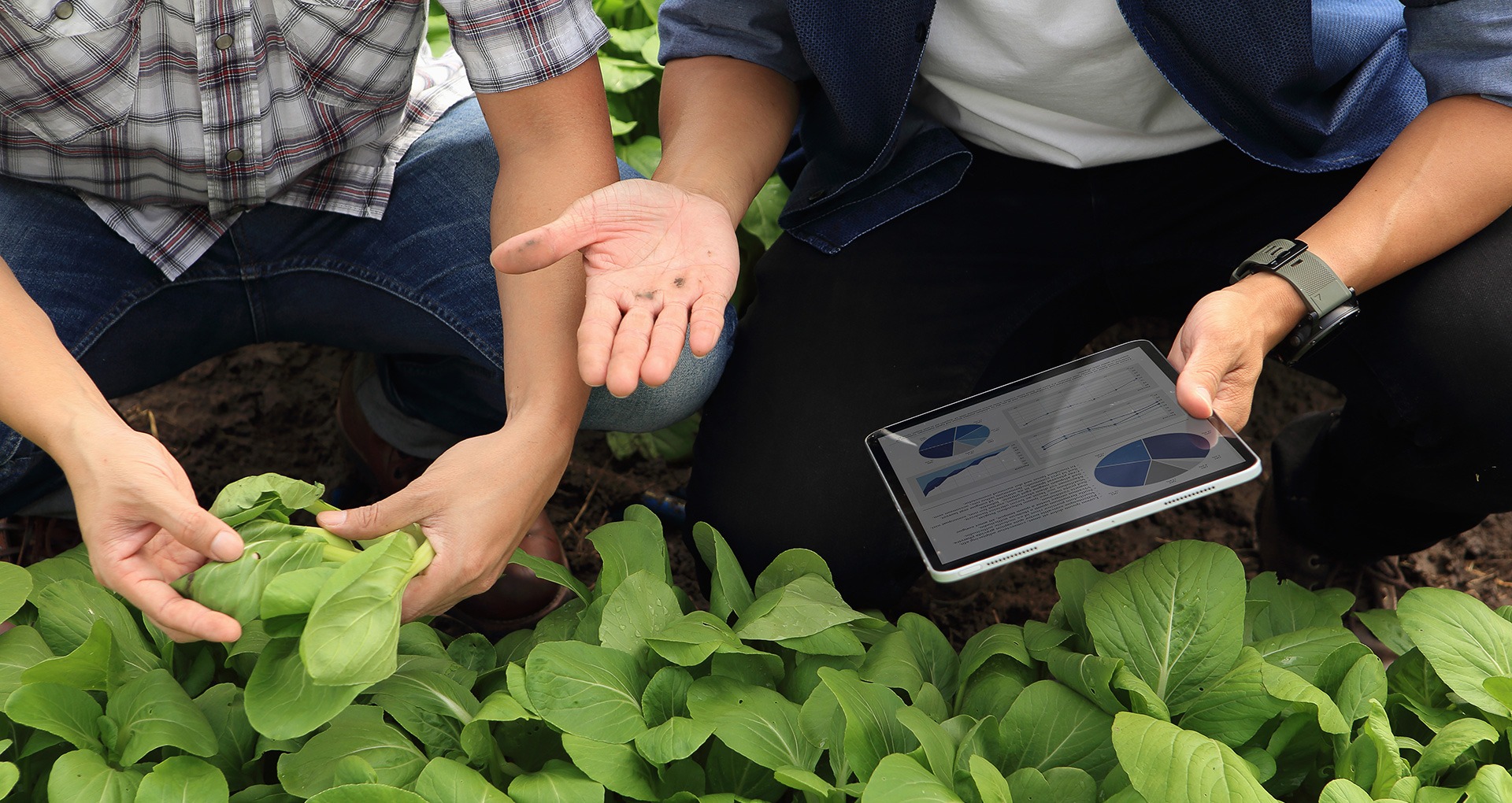Can IoT and Biomimicry help with sustainable development?
Reading time 9 mins
Key Points
- 17 Sustainable Development Goals (SDG) listed by the UN that should be met by 2030 in order to ensure security and prosperity
- Biomimicry is the design of products and systems based on biological processes and entities found in Nature
- How can IoT and Biomimicry be combined to face the challenges posed by SDG?
- Sustainable textile fibres modelled on how spiders weave silk
- Energy-efficient algorithm inspired by honeybees reduces a building’s energy consumption in real-time
- More funding is needed to accelerate programs derailed due to COVID-19 and increased global conflict
Is your business ready to harness the potential of IoT? Our expert team can help design and implement bespoke IoT solutions. Reach out to us now to kick-start your IoT journey.
Ben Mazur
Managing Director
I hope you enjoy reading this post.
If you would like us to develop your next product for you, click here
We’re at a critical point in human development where fundamental sustainability challenges require us to develop agile, resilient, and adaptive solutions. Since Nature has billions of years of evolution and R&D on us, the solutions we seek may already exist. Biomimicry is the practice of doing just that: Identifying a goal (human flight), looking for examples in the natural world (study birds), and adapting it to fit a particular context (build an aeroplane). That said, the challenges we’re facing are unprecedented. Can IoT and Biomimicry come together to provide solutions to meet sustainability goals?
What are our sustainability challenges?
The United Nations 2030 Agenda for Sustainable Development Goals [1] (UNSDG) lists 17 challenges that must be met. In doing so, securing a peaceful and prosperous future for everyone living on this planet (flora, fauna, and ecosystems included). These goals include:
- Social development: An end to poverty and hunger; gender equality; good health and wellbeing; quality education; peace, justice and strong institutions
- Economic development: Sustainable cities and communities; decent work and economic growth; strong industry, innovation, and infrastructure capacities; responsible consumption and production, partnerships with global and national stakeholders
- Environmental development: Clean water and sanitation; climate action; preservation of life below water; preservation of life on land.
Image Attribution: UNDP, Public domain, via Wikimedia Commons
While Nature might not be able to provide solutions to all of these challenges, technologies that harness the potential of IoT and Biomimicry are forging a reassuring way forward.
What are our sustainability challenges?
One of the most valuable lessons that Biomimicry teaches us is that design inspired by Nature produces efficient, elegant, and sustainable results.
Spintex Engineering mimics spiders’ process to weave silk at room temperature. The fibre produced is 1000x more energy efficient than synthetic plastic and uses no hazardous chemicals. These fibres are currently being used in the sustainable fashion industry and are also making their way into aerospace and biocompatible medical textiles (e.g. bandages).
Econcrete® is an environmental concrete technology inspired by marine habitats and organisms. Not only does it have valuable applications in shoreline protection (e.g. erosion control, flood protection), waterfront infrastructure (ports, marinas), and offshore applications (cable armouring, scour protection), but it also provides solutions to 5 out of the 17 UN sustainable development goals [2]:
- Demonstrates how industry innovation and infrastructure challenges can be met
- Supports the development of sustainable communities and cities – particularly around vulnerable coastlines
- Protects marine habitats, promotes the growth of organisms (e.g. oysters and corals), and acts as an active carbon sink that offsets the ecological footprint of concrete
- Meets the goal of responsible production and consumption
- Ensures that life on land – threatened by rising sea levels, eroding coastlines, and extreme weather – is more secure.
Can IoT and Biomimicry, combined, achieve more?
Inspiration, imitation, and taking instructions from Nature have been central to human evolution. Hence the sciences of biomimicry/biomimetics and bionics developed as a result. While IoT is built around sensory devices that already exist in the natural world (e.g. eyes, ears, axons), the question is: Can IoT and Biomimicry be combined to achieve more than they can do separately?
Ask Nature is an extensive and comprehensive catalogue of Nature’s solutions to human design challenges. While most of the strategies and innovations developed and listed on their platform don’t necessarily have an IoT component, SwarmLogic® developed by Encycle shows that it’s possible. They created an energy-efficient algorithm inspired by honeybees [3] that significantly reduces a building’s energy consumption in real-time.
- IoT controllers establish a mesh network amongst all power-consuming appliances
- Appliances communicate between themselves autonomously and disperse energy demand (peak demand shaving)
- UNSDG challenges addressed: Promotes the development of sustainable cities and communities; supports responsible energy production and consumption.
Underwater communication and reliable signal transmission are generally quite challenging. By looking at how dolphins manage to communicate despite interference from human activities or extreme weather, EvoLogics created S2C technology :
- Underwater devices continuously spread signals over a wide range of frequencies and adapt the structure to avoid interfering with each other
- Signals can be decoded even in harsh environments or when heavily masked by noise
- Sensors can be used to detect underwater earthquakes, therefore, acting as early warning systems for tsunamis (i.e. UNSDG goal 15: protect life on land).
These are just a few examples of how combined IoT and Biomimicry can produce impactful results. Even better, Ask Nature inspires innovators to see where there is a gap for an existing biological strategy (e.g. how the lymphatic system in mammals pumps with no pump) to be developed into a sustainability-promoting technology.
The next steps in meeting SDG challenges
Developing new technologies to meet current and future goals requires funding.
While funding – either from crowdfunding, private sector grants, NGOs, or government – does exist (e.g. $100,000 Ray of Hope Prize awarded to nature-inspired start-ups every year), accessing it is almost as challenging as the goal itself! Without it, IoT and Biomimicry can’t become mainstream to the extent required to help meet sustainability goals on a global scale.
Worse still is that COVID-19 and increases in conflict (e.g. Ukraine) have derailed and regressed much of the progress that governments had achieved prior [4]. To boost economic development, governments are spending more on fossil fuel subsidies, thereby making the problems they need to address (pollution and climate change) worse. However, increases in fuel prices might be the motivation required to invest in – and allocate more resources towards – greener alternatives and sustainable growth.
Final thoughts on IoT and Biomimicry
Difficulties in accessing financing aside, what innovators have achieved with IoT and Biomimicry, and the promise that this presents for sustainable solutions, is motivation enough to keep the momentum going.
Are you as excited by the potential of IoT and Biomimicry as we are? Drop us a comment and share your thoughts – we love hearing them!
- United Nations Development Program. (2015, September). What are the sustainable development goals. UNDP. https://www.undp.org/sustainable-development-goals
- High Performance Concrete Inspired by Marine Habitats: ECOncrete Tech LTD. (n.d.). Ask Nature. Retrieved August 23, 2022, from https://asknature.org/?s=concrete&page=0&hFR%5Bpost_type_label%5D%5B0%5D=Innovations&is_v=1
- Energy Efficiency Algorithm Inspired by Honeybees. (2005). Ask Nature. https://asknature.org/?s=honeybees&page=0&hFR%5Bpost_type_label%5D%5B0%5D=Innovations&is_v=1
- The Sustainable Development Goals Report 2022. (2022). United Nations. https://www.un.org/sustainabledevelopment/progress-report/
We love to talk about new ideas
Do you have an idea? Book a consultation with an expert - it's free, it's confidential and there are no obligations.
+44(0)117 329 3420
[email protected]
Ignitec Technology Centre
1 The Powerhouse
Great Park Road
Bradley Stoke
Bristol
BS32 4RU




